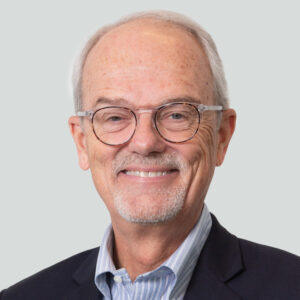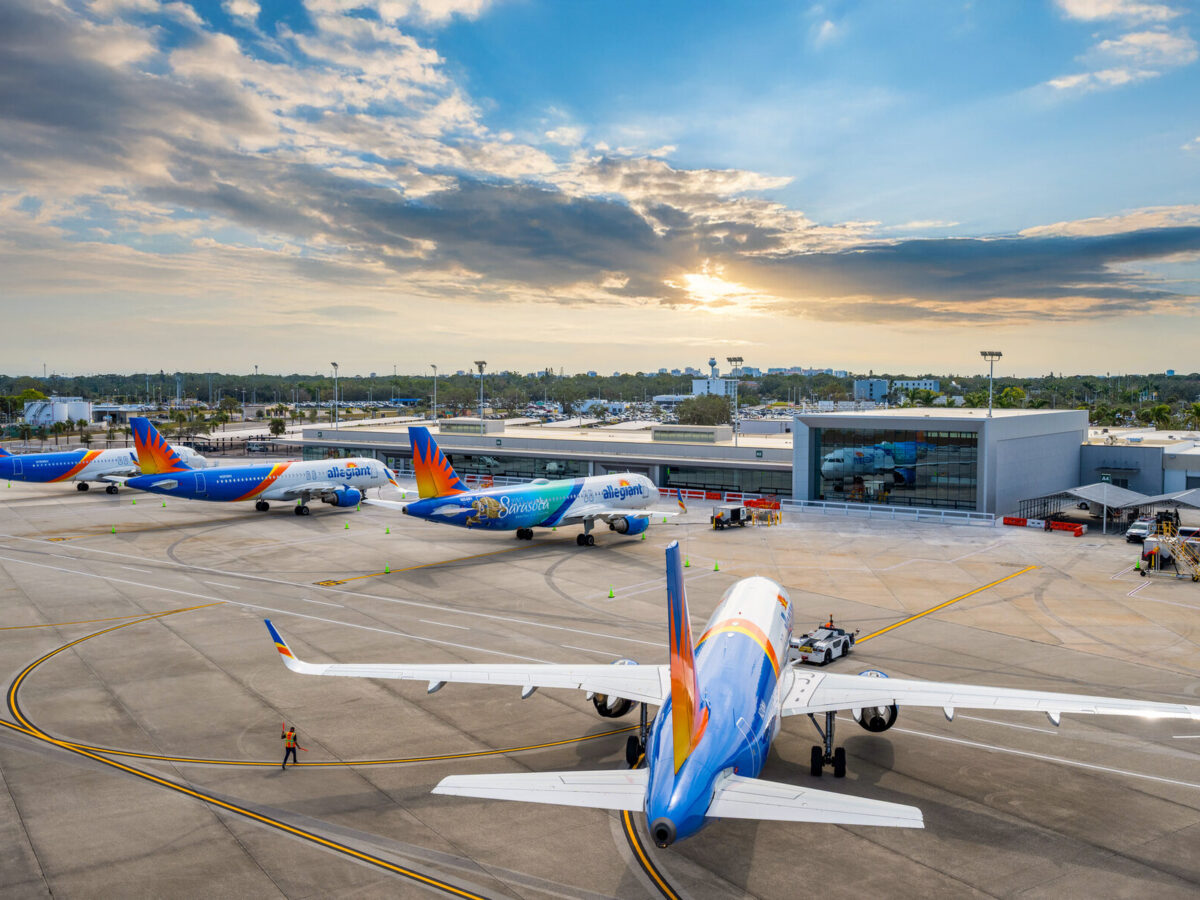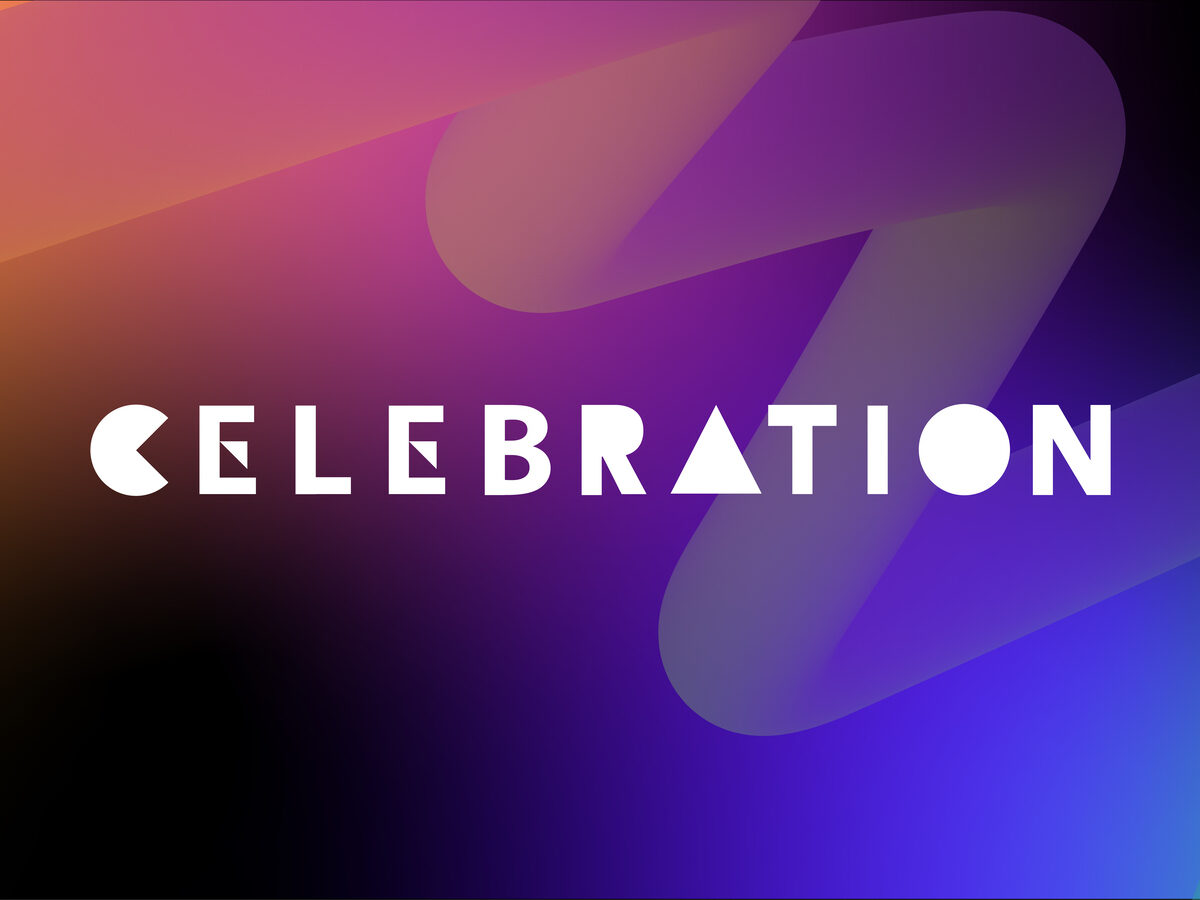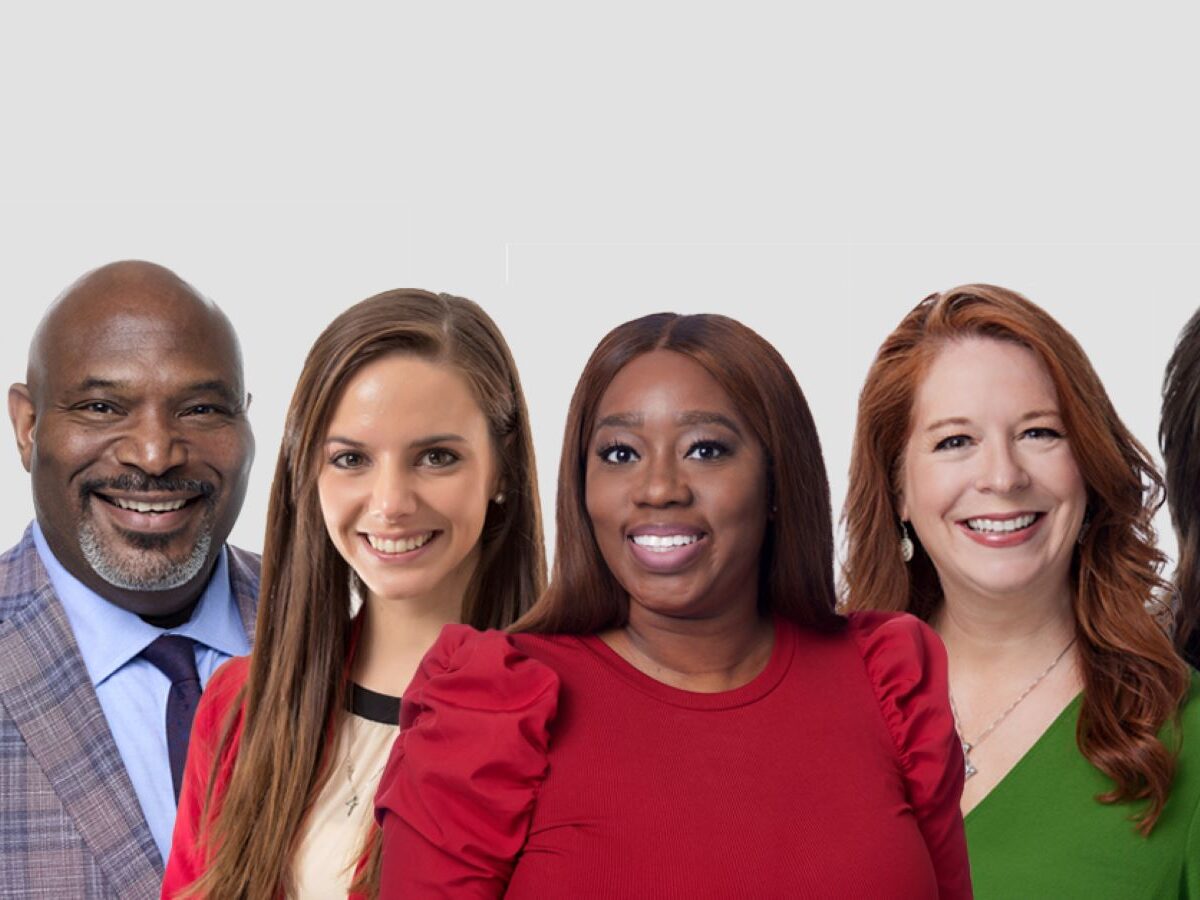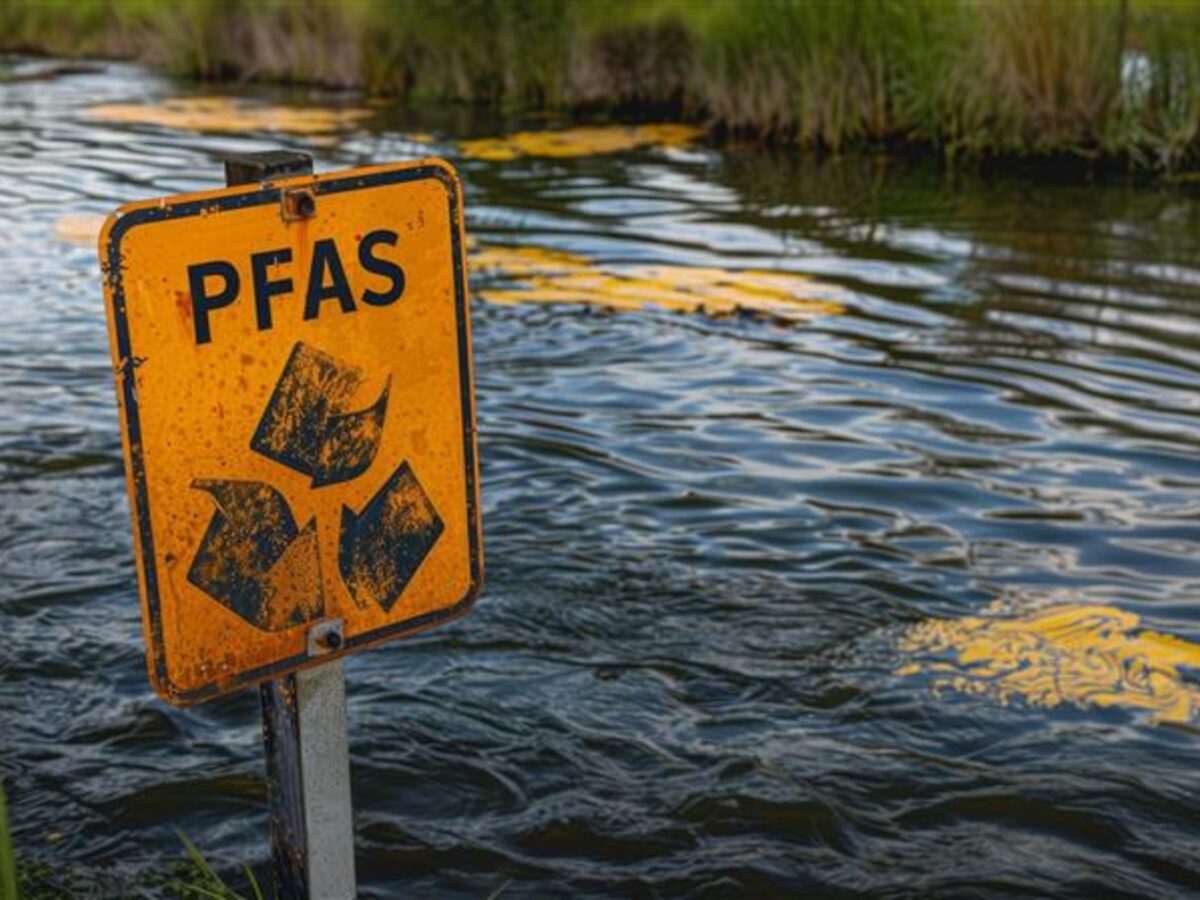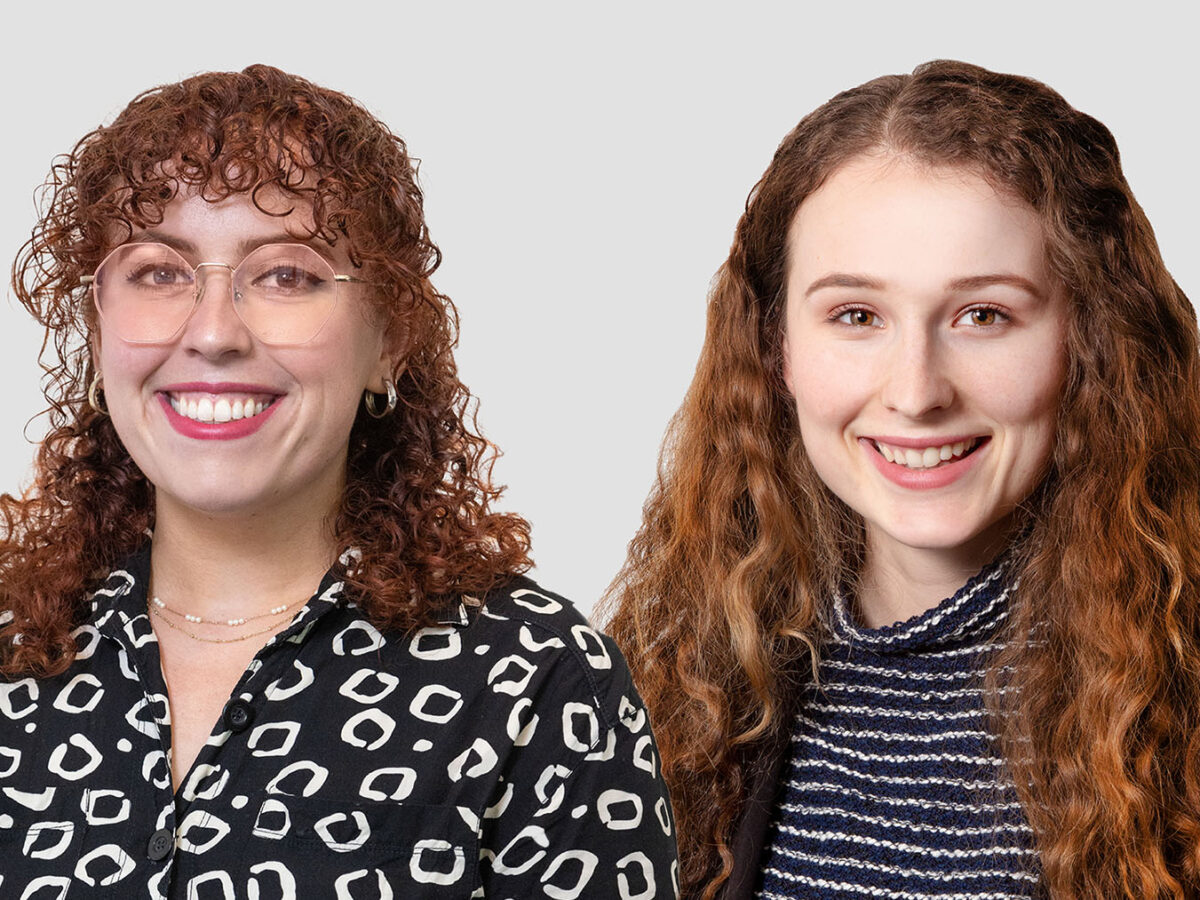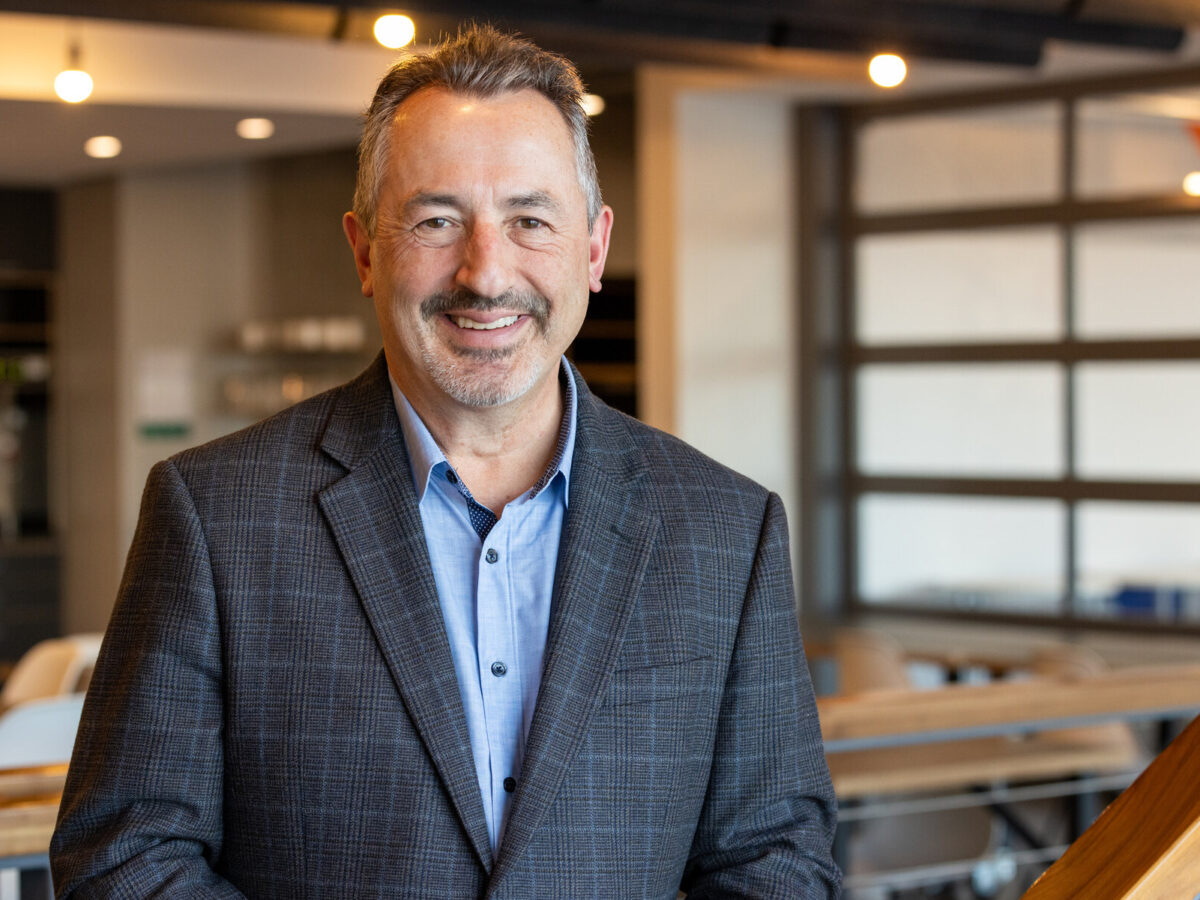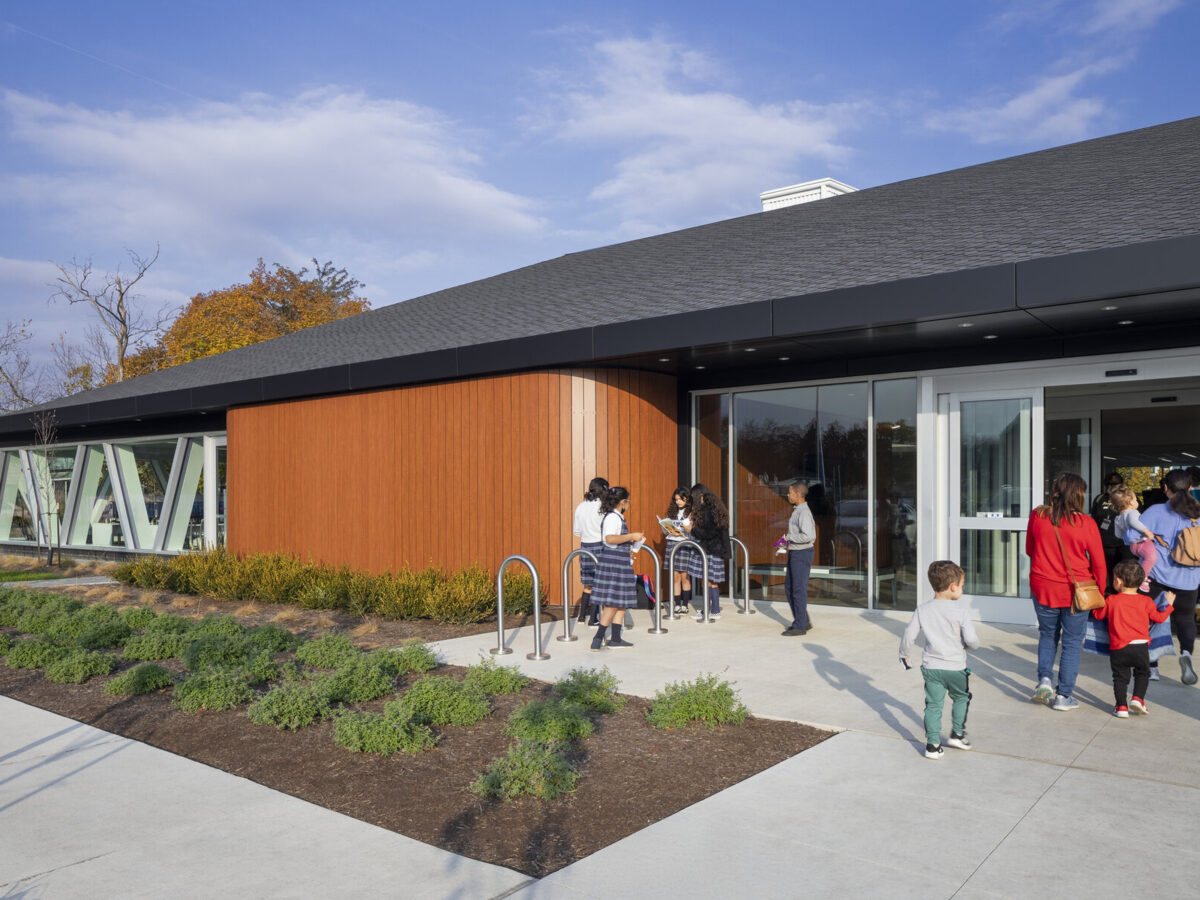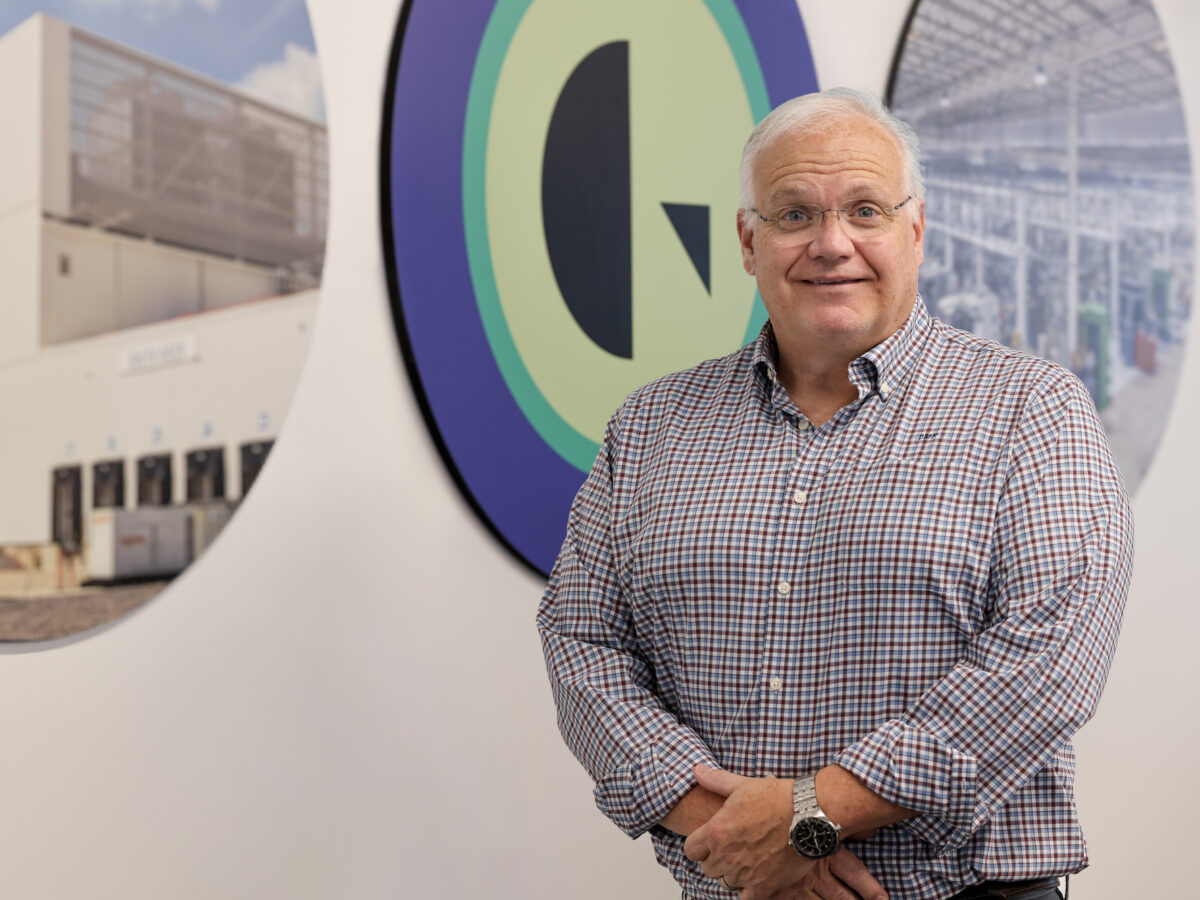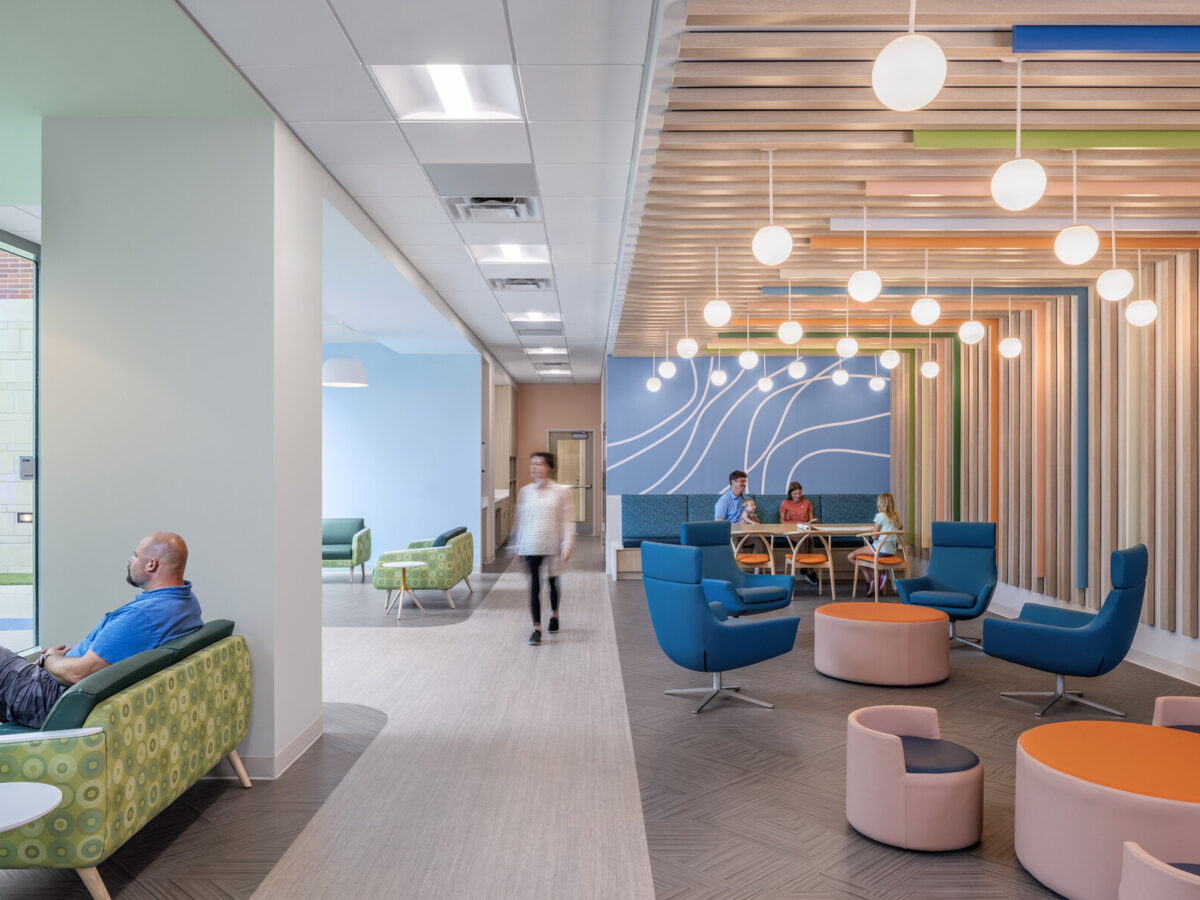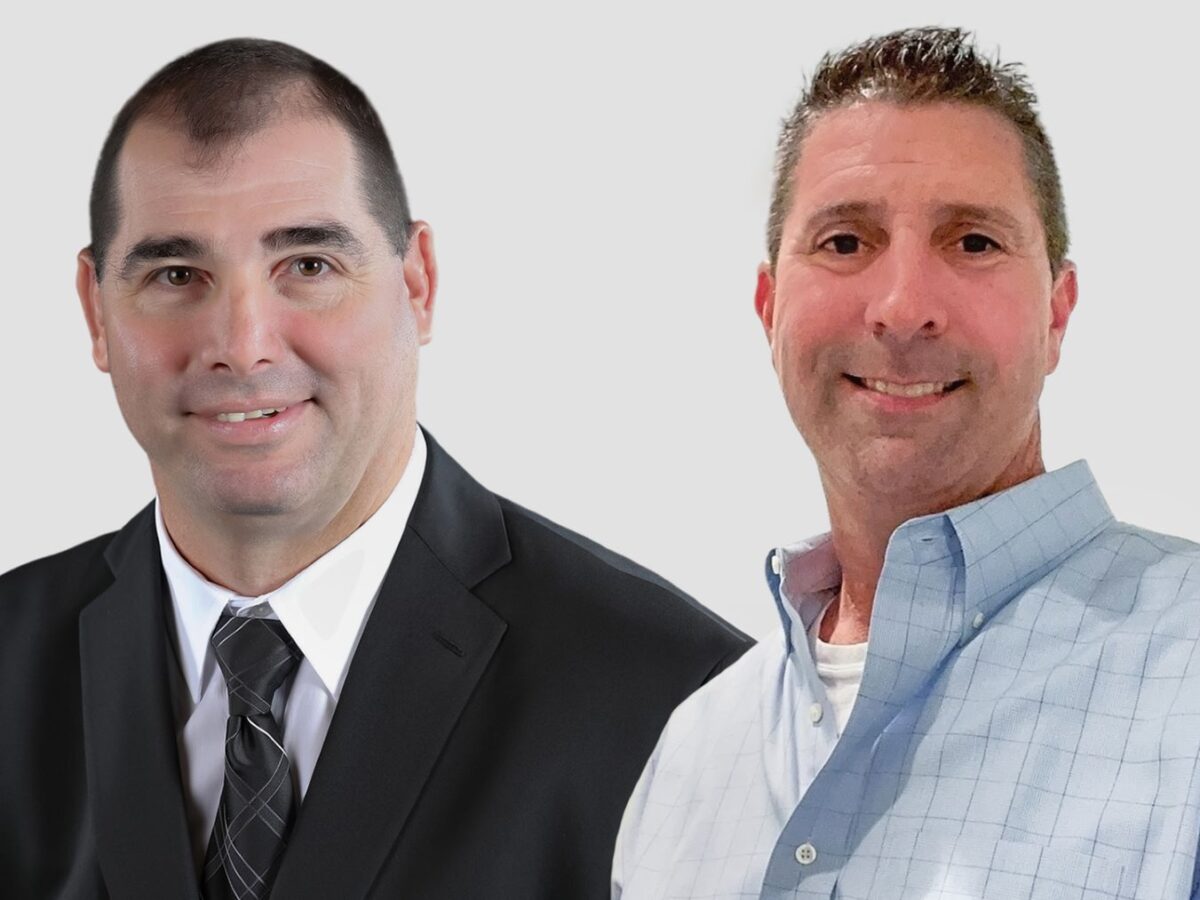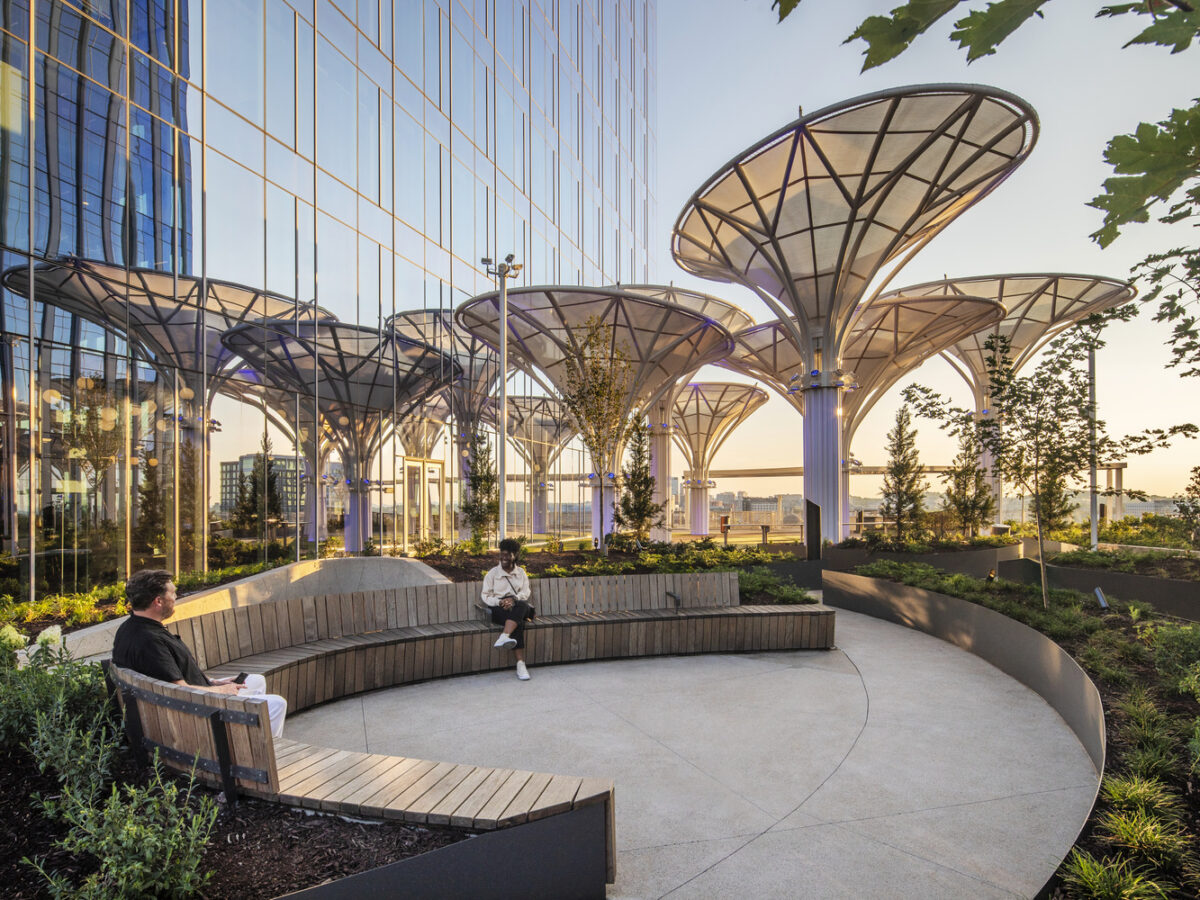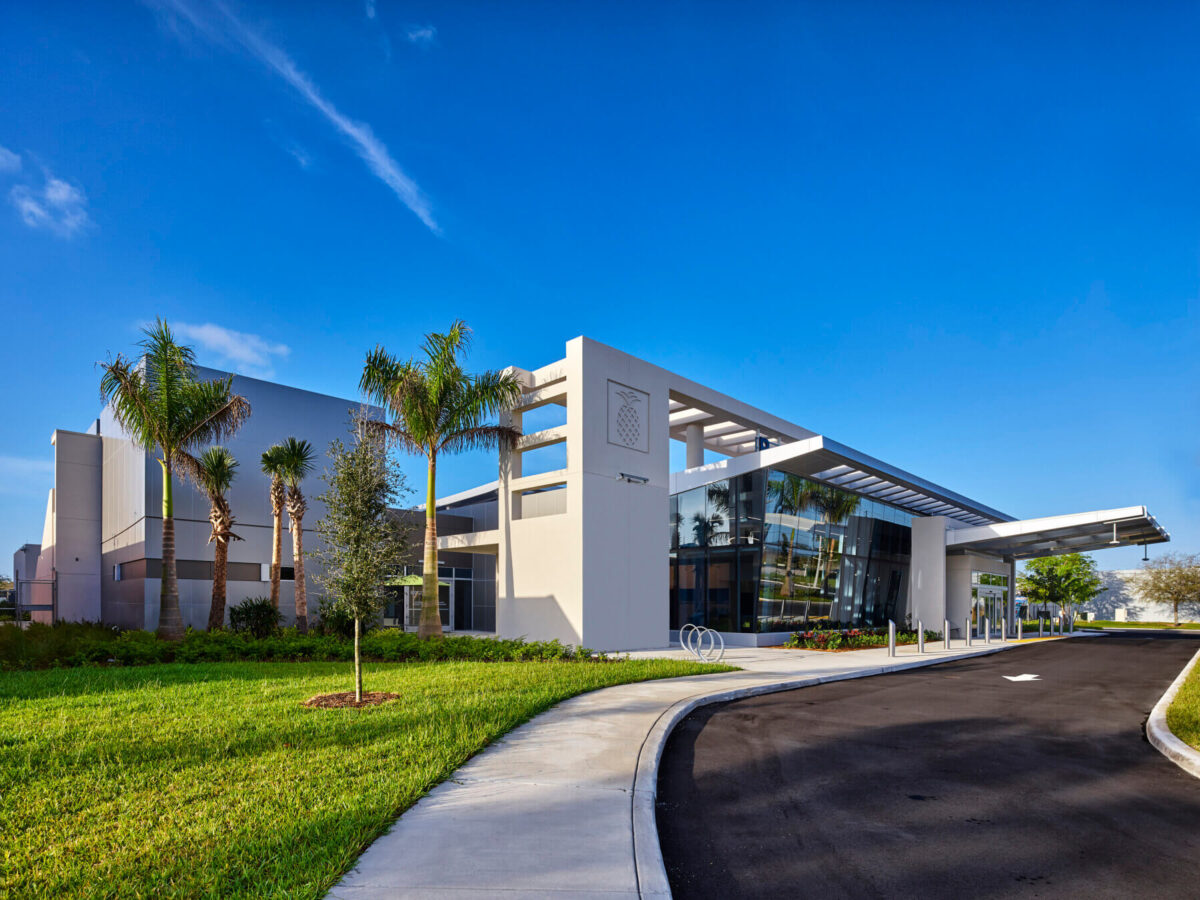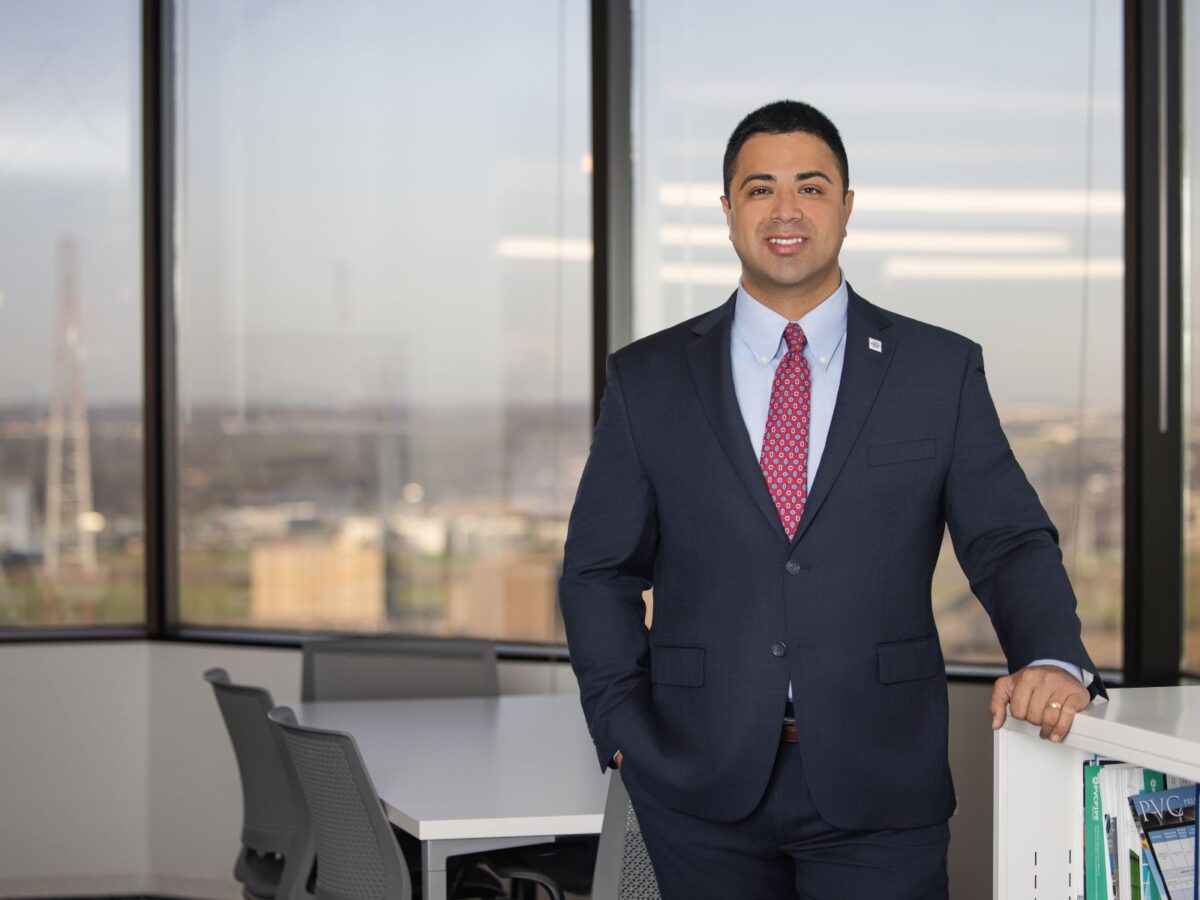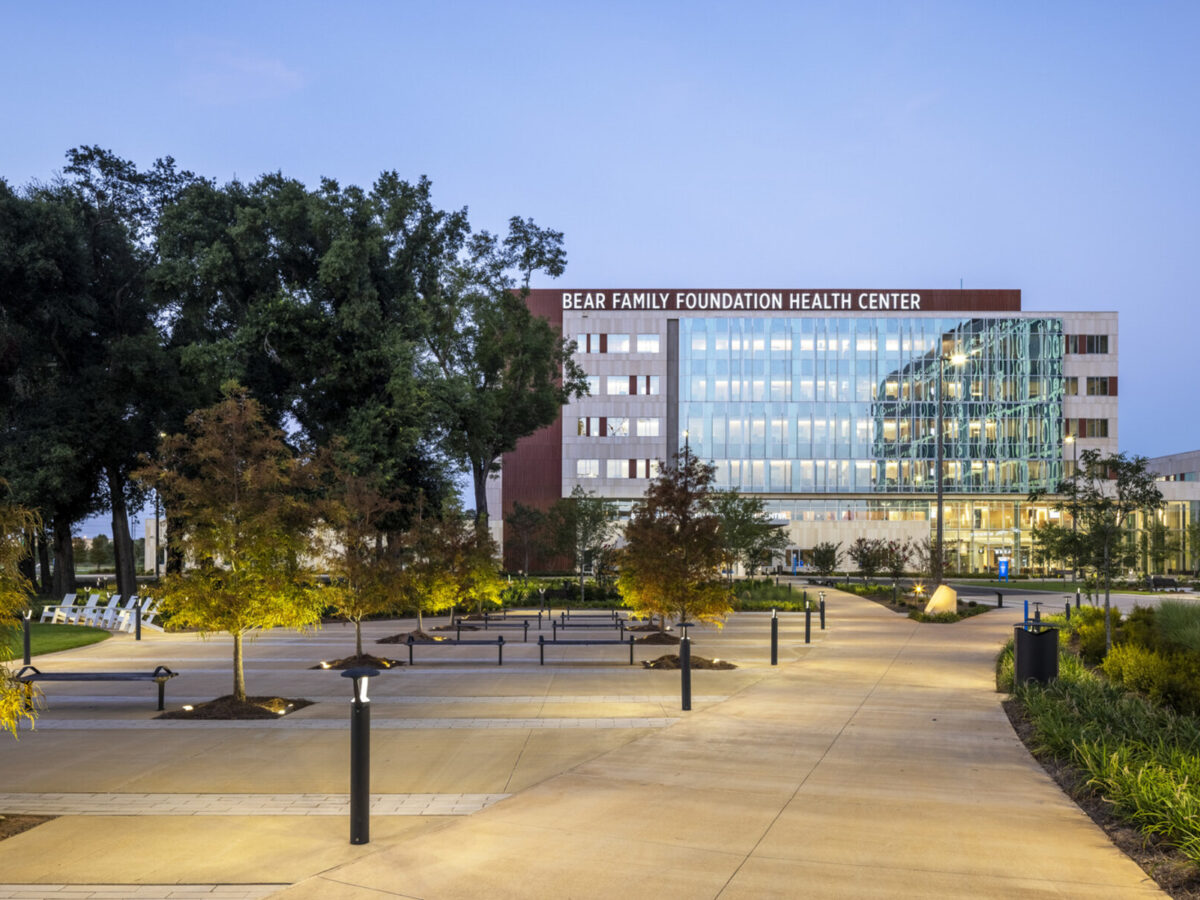Allyship. There’s a lot of buzz around the word these days. In fact, Dictionary.com named “allyship” its 2021 word of the year. One of the definitions the site offers for allyship is: The role of a person who advocates for the inclusion of a “marginalized or politicized group” in solidarity but not as a member. For Mickey Sullivan, a senior vice president at Gresham Smith, allyship as it relates to the LGBTQ+ and Black communities has been a lifelong journey. We recently asked Mickey to give us an insight into that journey.
When did you first become aware of what it means to be an ally?
Mickey Sullivan: Looking back on my life, my values were always there. My beliefs were always there. My support was always there. But I hadn’t really engaged with a marginalized group in a serious way until more recently, which began with a personal awakening. It was during the summer of 2020 as demonstrations were erupting across the country following the murder of George Floyd. In my “past” life I was a high-school teacher, and I decided to reach out to a former student who’s African American and whose father was a key player in the civil rights movement. He and I had reconnected a couple of years prior to the pandemic.
After asking my former student, George, how he was holding up in light of the events, I told him that I didn’t know what to do or what to say in response to what was happening, especially to someone in the African-American community. He said something I’ll never forget: “You’re only the second white person who’s reached out to me about this—and I’m glad you did.”
After talking to George for about an hour and a half, he finally got me to a place where I knew I would feel more comfortable saying something to someone in the African-American community about the situation. Prior to that, I’d never had a chance to be comfortable having a discussion with a Black person about race. I guess I was afraid to speak openly because I might say something that would inadvertently be offensive. But I learned that having those conversations only strengthened my relationships and led to a better understanding and closeness. Now, I’m less careful, more sincere, and more direct. I basically woke up one day and thought to myself: This is what allyship must feel like.
Tell us about your allyship journey as it relates to the LGBTQ+ community
Mickey: That has definitely been a process. In my experience, it’s easier to be an ally if the subject is women. It gets a little more difficult if the subject is race. And then I’ve found the biggest challenge is to be an ally for the LGBTQ+ community. And even within that group, it’s easier to get other people across the allyship threshold if you’re talking about a gay man or a lesbian rather than someone who identifies as transgender. So, there’s this whole spectrum. And it gets more and more difficult as you go up the line to have the courage to be an ally.
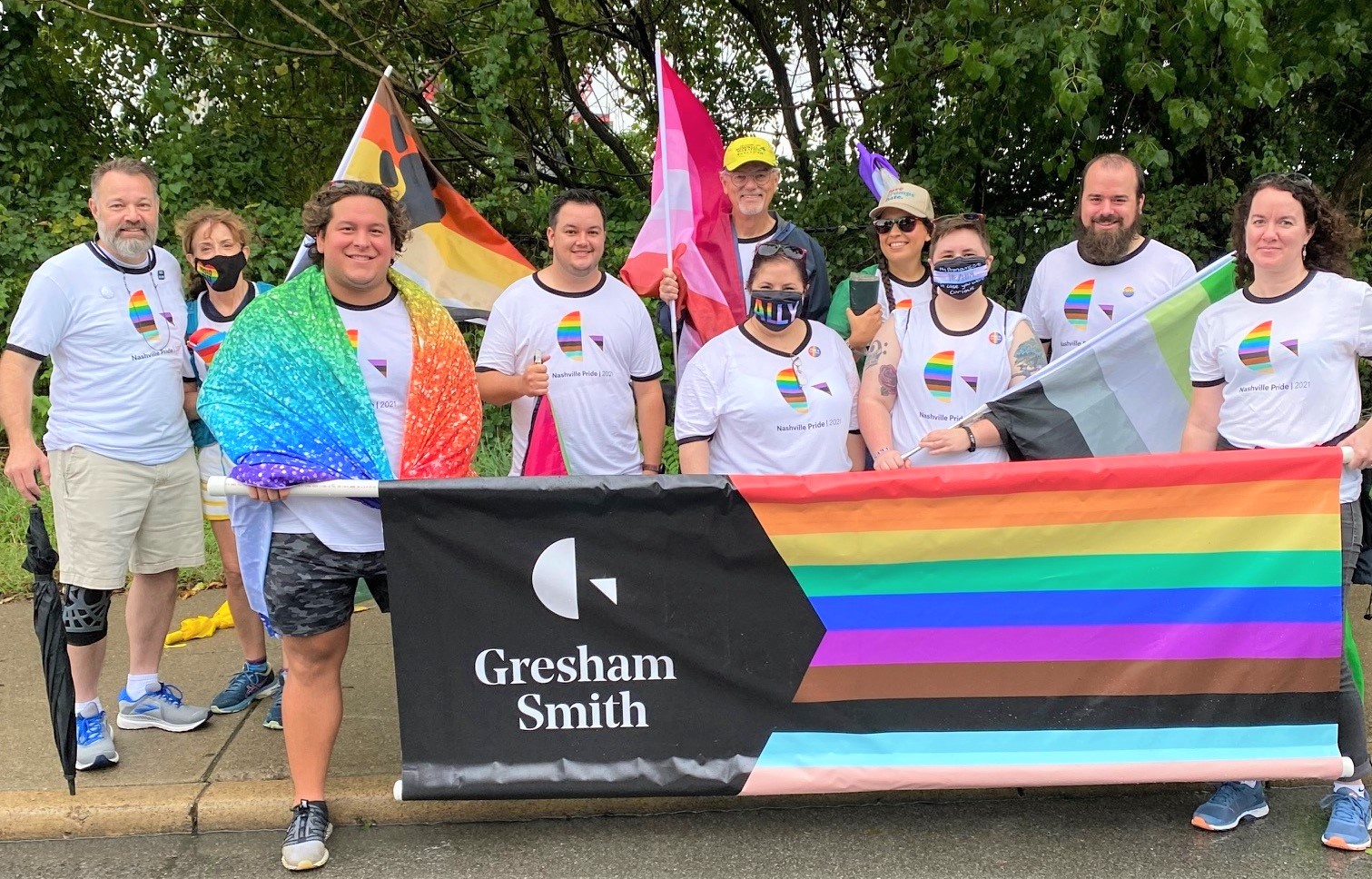
What gave you the courage to become an LGBTQ+ ally?
Mickey: It started with supporting my friend Brandon Salas in last year’s Nashville Pride parade. Brandon identifies as gay and is the chair of Gresham Smith’s LGBTQ+ Employee Resource Network. I also wanted to support Gresham Smith, who was a Pride sponsor and had a booth at the event. The parade was my aha moment in terms of finding the courage to become a true LGBTQ+ ally.
Earlier that day, I parked my car at the office and then hightailed it toward the Woodland Street Bridge where the parade was scheduled to start—this involved cutting through downtown Nashville. Although it was early in the morning, Lower Broadway was starting to come to life.
As I made my way through the main strip of honky-tonks and the growing number of people who were taking in the sights, an overwhelming feeling of discomfort washed over me when I remembered I was sporting a T-shirt that said: “Nashville Pride 2021” and featured all the colors of the LGBTQ+ rainbow. I remember thinking: What on earth am I doing? But at that very moment, it became more about supporting the movement and not just about supporting my friend. I had to keep going because I’d committed to the cause.
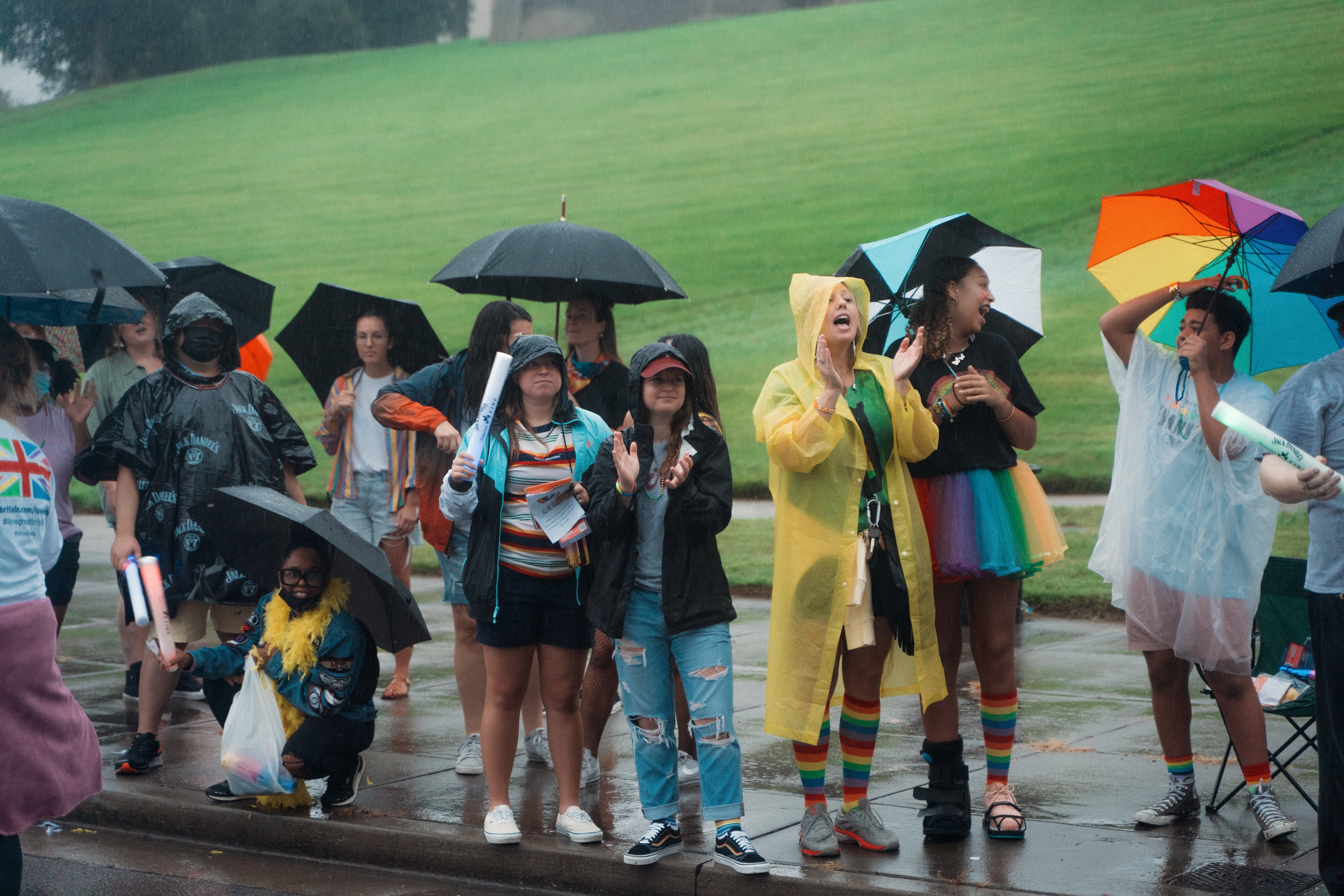
When I finally got to the bridge, I made my way to our group who were proudly standing behind our Gresham Smith banner. I remember being struck by the carnival-type atmosphere. When the parade began at around 10 a.m., we started waving our rainbow flags—each one represented the different colors of the LGBTQ+ spectrum.
As I waved my flag, the people on the sidewalk began cheering me—this old, 70-something, straight white guy! I remember thinking to myself: They have no idea who they’re cheering or why I’m here. But the more I got caught up in it, the happier I became because of what it said to the people who were in the parade as well as the people who were lining the streets.
I couldn’t help but notice the sheer joy on everyone’s face—including the faces in our own group. I’ve never seen such broad smiles. Despite the pouring rain, everyone was so thrilled to be there and to be making this statement in an environment where they felt safe, mutually supported and so happy to be together.
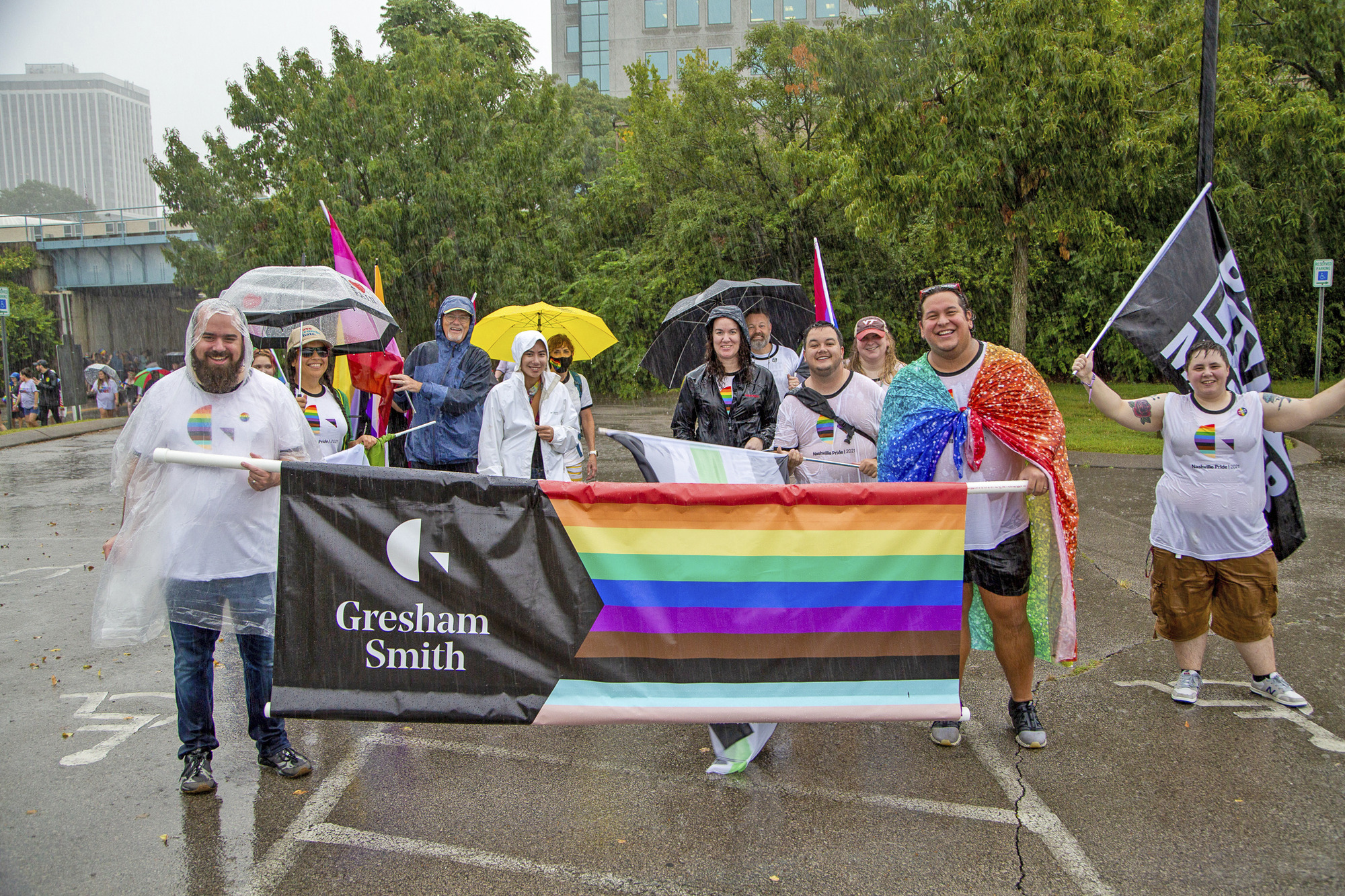
Did you have any feelings of personal discomfort as you walked in the parade?
Mickey: I have to admit that for the first half-mile, I wasn’t comfortable. But by the last half-mile, I was waving back to the crowd. It was during that last half-mile that it suddenly hit me—I’d finally gotten to the end of the marginalized group spectrum in terms of my own personal hierarchy. I was present. I was engaged. And I was fully committed. I guess all I needed to do was walk a mile in their shoes.
What does the future look like in terms of staying engaged as an ally?
Mickey: I can see retirement out there—somewhere. And I realize that when I finally do retire, I might lose the opportunity to be as much of an ally as I am now because I won’t have the proximity that I currently have. However, if I flip that around another way, had it not been for Gresham Smith and our diverse population, I would not have had that proximity in the first place. It has given me the opportunity to come out—not as someone who identifies as LGBTQ+ but as an ally. And I count myself very lucky for that.
As I look to the future, I’m reminded that my LGBTQ+ allyship journey started with the Black community, which helped me to see how allyship, fully embraced, has so many facets to it. It’s important to remember that there are so many underrepresented communities that often intersect, compounding their need for allies. Ultimately, everyone can lift up others by being an ally—white women can be allies to people of color. Men can be allies to women. Cisgender people can be allies to members of the LGBTQ+ community and so on. And, at the end of the day, it provides an opportunity to grow and learn about yourself.

